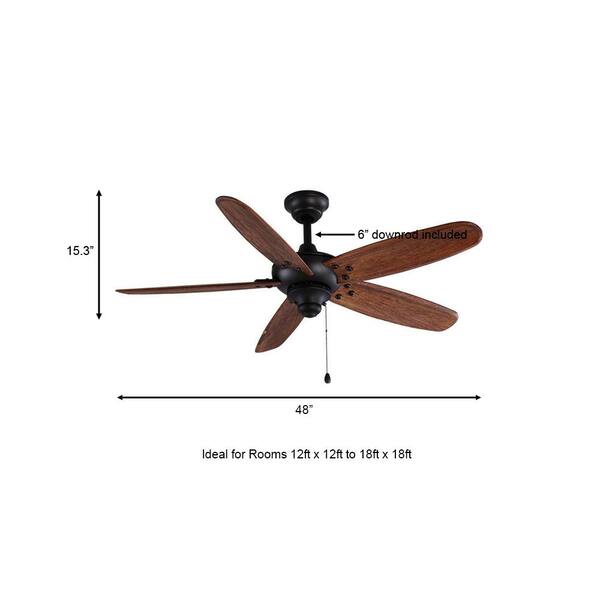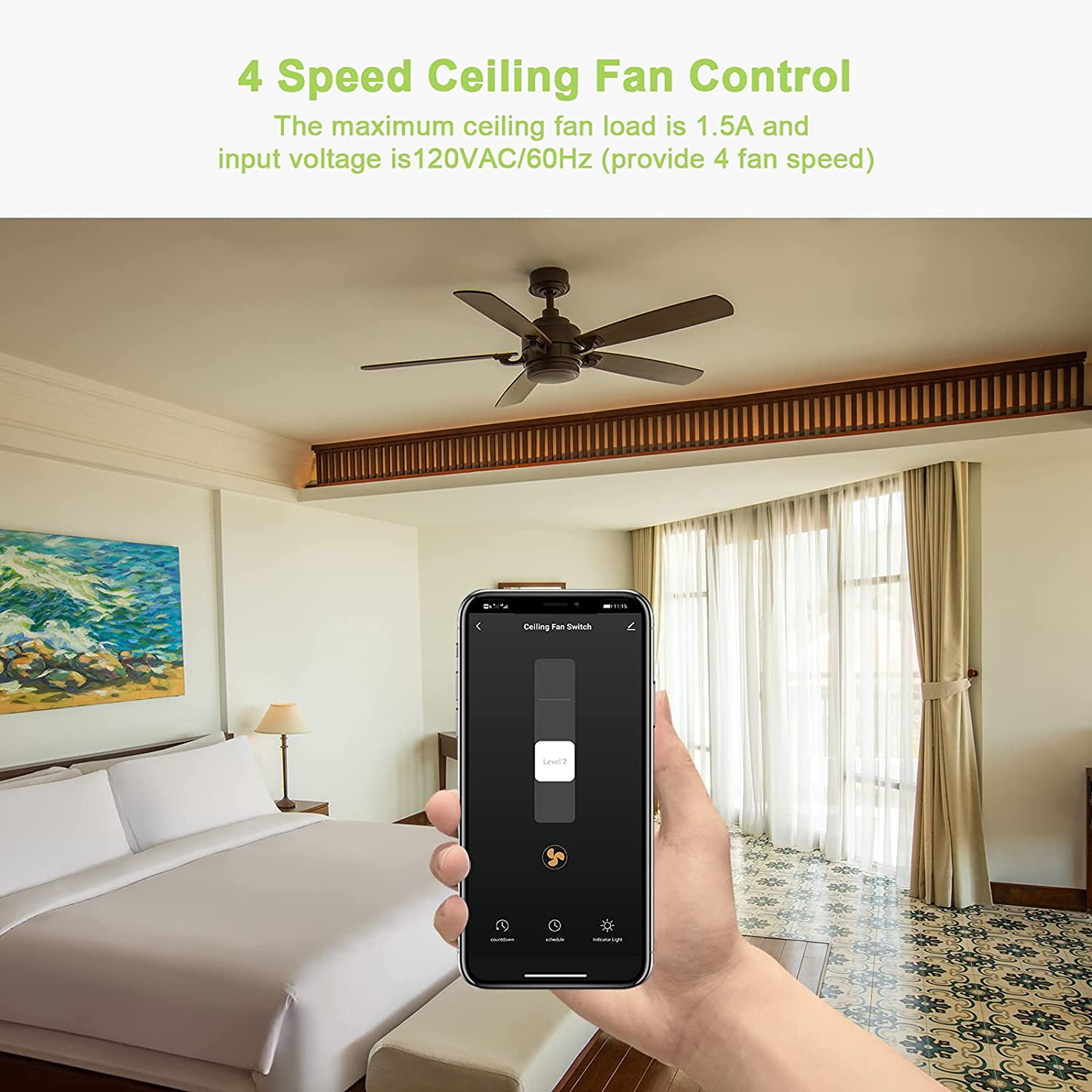

We believe that given the current pace of development of smart home appliances, consumer demand for various niche products such as smart ceiling fans will continue to grow.Making your home "smart" is all the rage right now. Since India is a big market for consumer electronics products, Manoj sees a huge potential in this strategic product segment. This is on account of the high volumes generated in the smart ceiling fan products. He further insists that Atomberg’s evaluation board and power electronics partners, such as Texas Instruments, NXP, Espressif, and STMicroelectronics are quite happy and satisifed with the partnership. Manoj notes that Wi-Fi ceiling fans are going to remain a popular IoT gadget because ceiling fans are widely used. Currently, it has plans afoot to bring a smart mixer-grinder to the Indian market by August 2021. Atomberg, as Manoj confirms, wants to bring the same smart approach to other consumer products, including air-conditioners. Instead of a person waking up to turn off a fan, a built-in thermostat can sense the environment and regulate the fan operations. Thermostat integration is another area Atomberg is looking into. It comes with features such as fast switching between sleep and wake-up mode, low-power operations, and enhanced signal processing. The former’s objective is to serve as a Wi-FI SoC for the smart fan.
#Alexa ceiling fan control driver
It supports a highly integrated wireless RF chip, ESP8266EX by Espressif, the maker of ESP32 boards, and DRV10983, a BLDC motor driver component, by Texas Instruments. There are a number of evaluation board and power electronics components which work together to create the final assembly.įor example, the following is a Wi-Fi module called “TYWE1S” by Tuya, a leading network module creator for electronic products. The components of a typical smart ceiling fan are outlined below based on Atomberg’s proprietary design. With Atomberg ceiling fans, we are having an LED interface in all our products.” Components of Smart Ceiling Fans Where is my North Pole? Where is my South Pole? For that, I need to sense the rotor position in real time, which requires sophisticated hardware and mechanical electronic hardware. And we need to sense the location where the magnets are. That is really a new thing because induction motors have no magnets. Manoj further adds: “ Basically, you need to sense the position of the rotor, which is made of permanent magnets. And that’s the reason we are able to achieve 28 W wattage compared to traditional fans, which operate between 75 to 80 watts.“ What computation means here is that we are exciting the copper winding in such a way that the motor is rotating smoothly without creating noise and very efficiently. Says Manoj: “ microcontroller which senses the rotor position continuously in real time and does the computation. You don’t just wait for the electric current in the fan rotor to produce the desired magnetic fields. Having these extra features would clearly call for a complete redesign of existing fan-making technologies.Īt its core, a smart ceiling fan uses brushless DC motor design (BLDC), which turns the very induction motor concept on its heel.

A smart ceiling fan is an IoT-enabled consumer product, which enables the device operations using multiple user interaction modes: remote control-operated, voice-activated, mobile app-based, and possibly, AI and other self-learning mechanisms.


 0 kommentar(er)
0 kommentar(er)
